10 Eating Tricks That Speed Up Your Metabolism
What and when you eat can have a big impact on your body's ability to burn calories
1 of 12
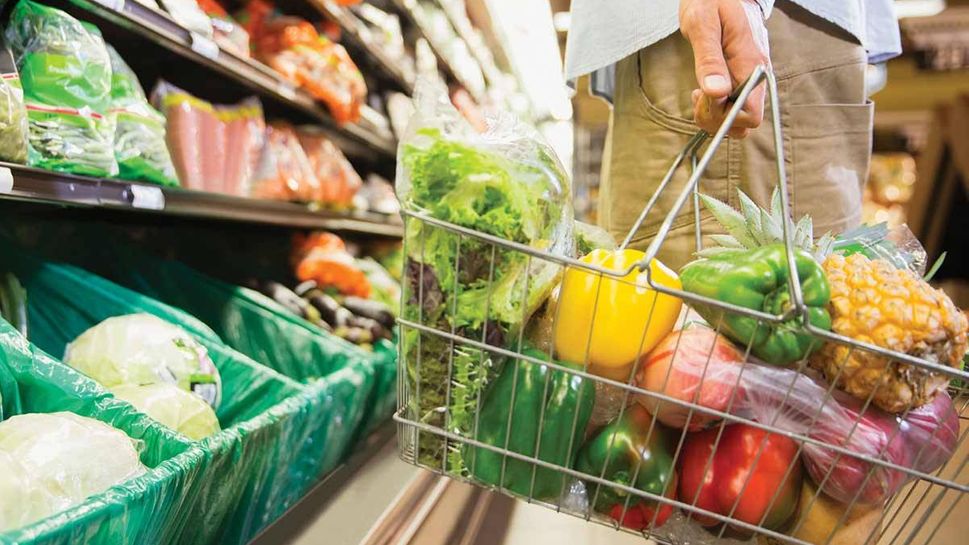
If your body is the car and food is the gas, then your metabolism is the rate at which you use up the gas in your tank. Your metabolic rate reflects the speed at which your body burns calories and ultimately affects your body's ability to gain or lose weight.
Some factors influencing your metabolic rate can't be changed, such as your gender, age and genetic makeup. The good news is that there are plenty of things that you can do to maximize your metabolism.
Exercise is one of the best ways, but did you also know that you can fire up your inner flame with good nutrition and a metabolism-raising eating pattern?
Here are 10 eating tricks that can speed up your metabolism:
(This article previously appeared on Grandparents.com.)

1. Eat breakfast.
Your metabolism naturally slows down during sleep. The best way to start the day and rev up your metabolism is to "break the fast" by eating a healthy breakfast. Your best bet is a wholesome meal that includes a fiber-rich whole grain, lean protein and fruit.
As for timing, whatever works with your morning schedule is fine.

2. Eat more, burn more.
This does not mean eat more calories, but instead eat small meals, more often.
Evolutionary hardwiring has enabled our bodies to adapt to “feast or famine” situations by conserving calories (lowering metabolic rate) when faced with a shortage of food.
Every time we eat, our metabolism kicks it up a notch (this is known as the thermic effect) to burn the food we’ve just consumed. By breaking up your meals into six smaller servings a day, you keep your metabolism going at a higher rate all day long.
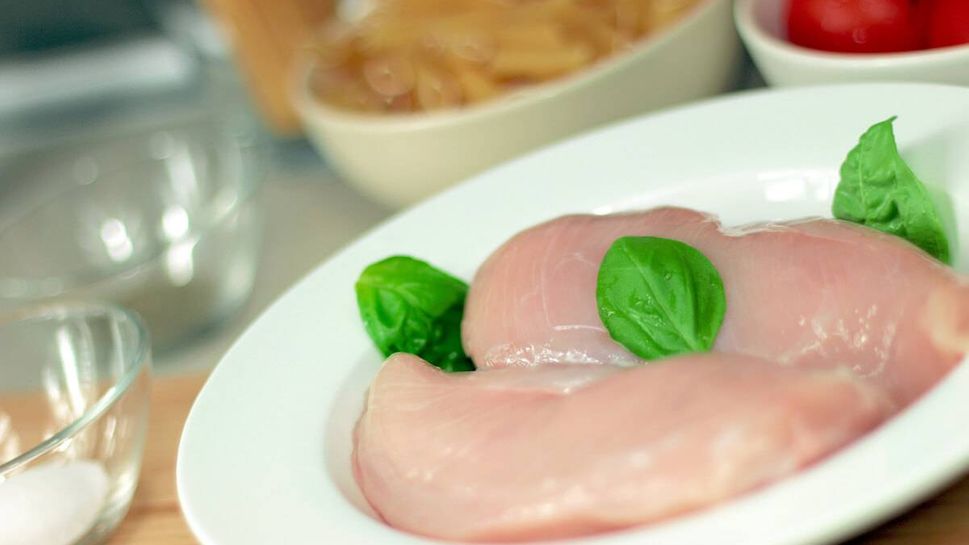
3. Eat lean protein at every meal.
All calories are not created equal, at least when it comes to the amount of calories required to metabolize them. Of the three macronutrients (protein, carbs and fat), protein has the highest thermic effect.
Digestion of protein generally uses about 25 percent of its calories, compared to about 8 percent of carbohydrate calories and less than 3 percent for fat calories. Translation? Adding a small amount of lean protein to each meal can increase calorie-burning during digestion.

4. Don't forget potassium-rich foods.
Bananas are high in potassium, an essential mineral required for the regulation of numerous metabolic functions. For good health, the government recommends you aim for 4,700 mg of potassium per day. (Most Americans eat far less than this, which scientists believe is a contributing factor for developing high blood pressure.) Other high-potassium foods include fruits and vegetables such as baked potatoes with skin, prunes, oranges, tomatoes and beans as well as fat-free dairy.
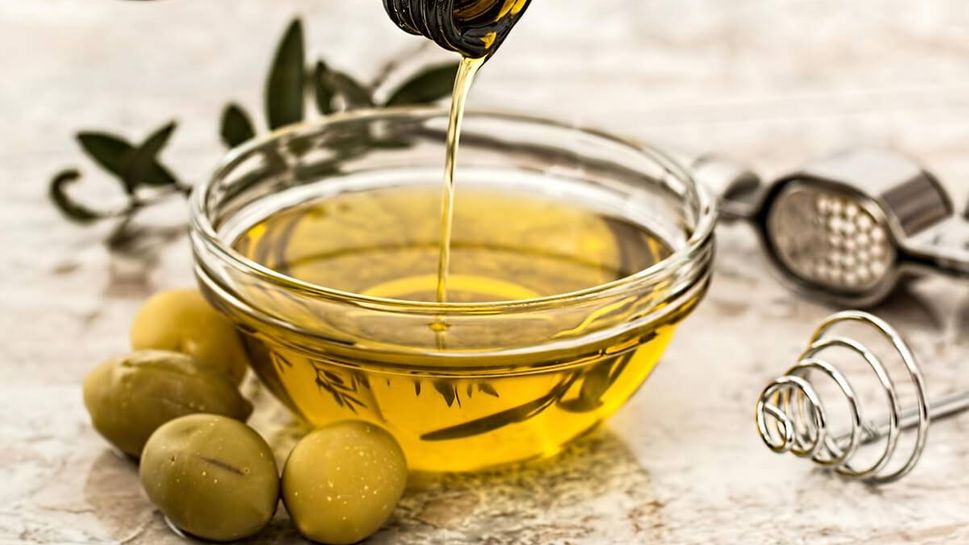
5. Switch to liquid fats.
Moving away from highly saturated fats (such as butter) and towards heart-healthy liquid fats (such as olive and canola oil) can also affect your metabolism. Diets high in what are called polyunsaturated liquid fats have been proven to raise metabolism compared to fats that are solid at room temperature.
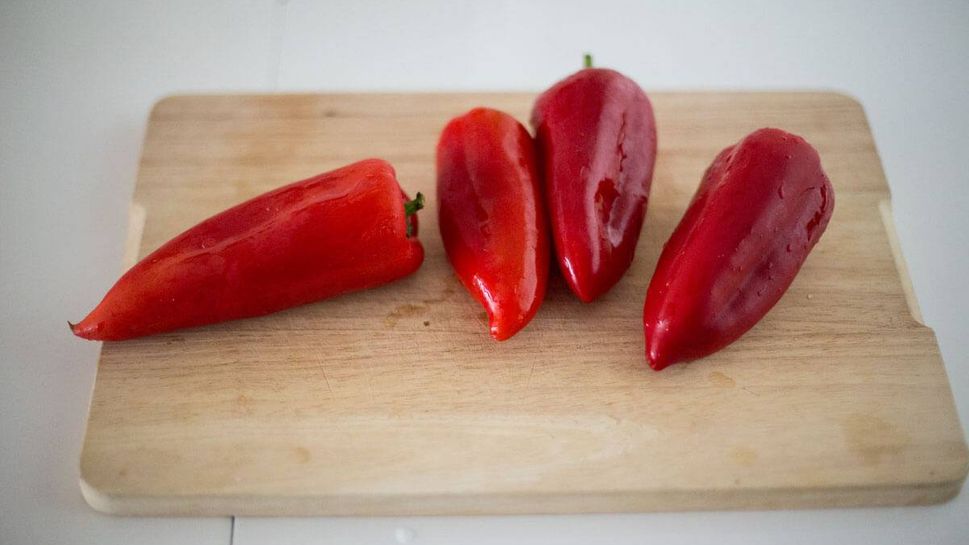
6. Add some spice.
Some studies suggest that hot peppers (such as cayenne pepper and chili pepper) and other spicy foods can increase your metabolism after you eat by as much as 20 percent for up to 30 minutes. It is believed that spicy foods accomplish this jolt in metabolism by increasing body temperature, creating a higher calorie burn. Other spices commonly found in Indian cuisine, such as cumin, cayenne pepper, ginger, cinnamon and turmeric have also been found to raise metabolism.

7. Drink green tea.
The primary antioxidant in green tea (EGCG or epigallocatechin gallate) can have the same calorie-burning effect as hot peppers. Researchers suggest drinking two or more 8-ounce cups, daily.

8. Enjoy your cup of Joe.
Caffeine has been used by endurance athletes for years as a performance aid — it increases the release of fat into the bloodstream, where it can be used as fuel, which preserves glycogen in muscles, delaying fatigue. Caffeine also has been proven to speed up metabolism by as much as 10 percent. Just be sure not to ruin a perfectly good metabolism-booster by adding cream, sugar or other calorie-laden toppings. (Starbucks Venti White Chocolate Blended Creme Frappuccino with whipped cream has 760 calories and 21 grams of fat.)

9. Water up!
Most of the body’s chemical reactions take place in water, so to keep the engine oiled, you need to keep your hydration level up; a dehydrated body burns fewer calories. In fact, studies have suggested that water intake may actually increase metabolic rate, with a daily increase of 50 fluid ounces equating to an extra 50 calories burned per day (every little bit helps).
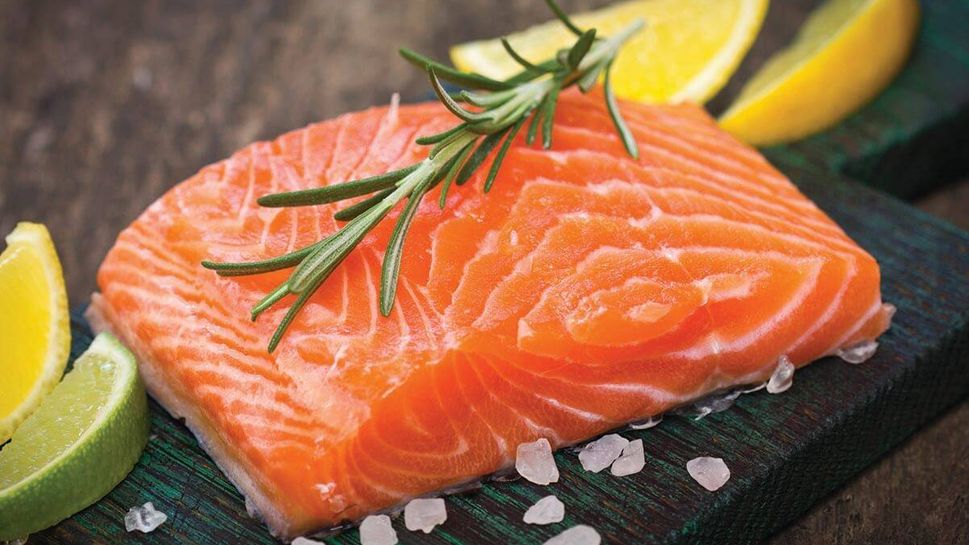
10. Go fish.
Omega-3 fish fat has also been shown to boost metabolism, by increasing the activation of fat-burning enzymes. Aim for at least two fatty fish meals per week: wild salmon, tuna, mackerel, sardines and trout are all high in omegas.

Stay consistent for best results.
Remember, it’s your diet and exercise habits day-in and day-out that will truly affect your metabolic rate. The foods discussed should be eaten in small quantities spread throughout the day.
Grandparents.com is a lifestyle website, social media community & peer group that unites & connects America's 70 million Grandparents to the best information and premier products & services just for them. Our goal is to promote well-being and give timely information on what really matters to you, from health and money to family and relationships to travel and retirement.

